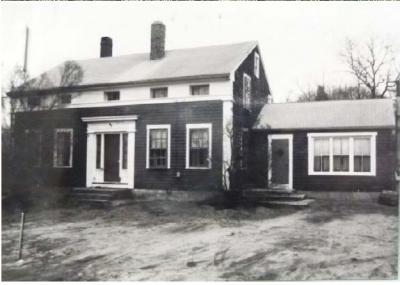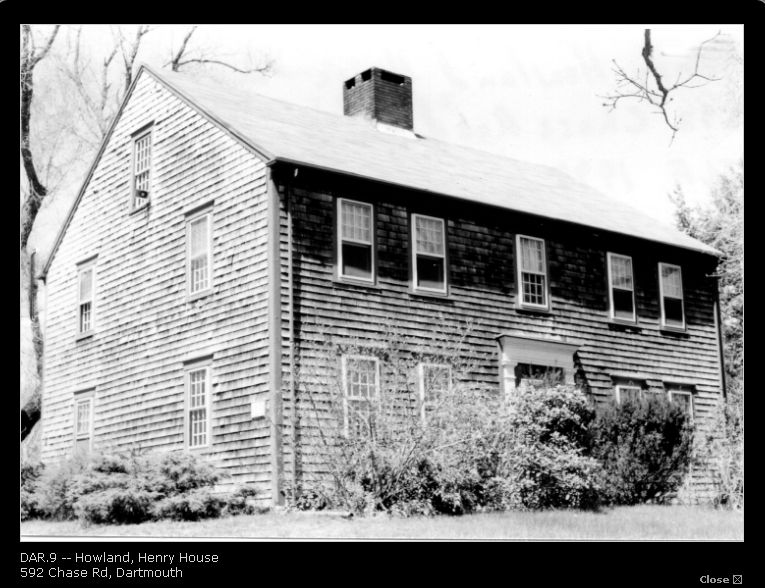Historical society revisits historic homes of Chase Road
The Dartmouth Historical and Arts Society took a trip back in time to revisit historic homes of Chase Road at its April 22 lecture.
Continuing the trend of its previous meeting, which highlighted a series of homes in Smith Mills village, lecturer Bob Harding highlighted nine historic Chase Road homes, some of which still stand today, while others have since faced the wrecking ball.
Among the homes he visited was 114 Chase Road, also called the Gifford/Potter House. Through old directories and classified ads, it was also discovered the home was once the Crystal Springs Laundry, which operated in town in the early 20th century.
He also highlighted one of the more well-known houses on Chase Road: the Helfand House at 318 Chase Road, which is now the home of Dartmouth Natural Resources Trust.
The house has had several historical owners over the years, from Joshua Potter to perhaps its most famous use, as the Helfand family, who ran the Helfand Dairy out of the property.
The house is still standing today – although not all of it – in part due to extensive work by DNRT, the Historical Commission, and others in preserving the property after DNRT bought it to house its new headquarters building in.
“We had negotiations with the DNRT board, and while we did not save the whole building, we did save a significant part of it,” Harding said.
He also revisited the William Barker House, better known as the Goat Lady house for its 20th century owner, Noelie Houle, and her flock of goats.
Not all of the homes on Chase Road have been saved, however. The Joseph Chase/Lit Kenney House once stood on 501 Chaes Road, and featured a particular architectural oddity: rectangular horizontal windows. It was demolished to make room for a new house.
Harding spent the most time discussing the Henry Howland House at 592 Chase Road. Originally constructed in around 1718, a bulk of the house's history is known, with frequent transfers within families of the Howlands.
In the 1930s, it was the home of Howard M. Gibbs, a well-known artist. It was also the home of Mary Jane Pollock, a local artist.


















